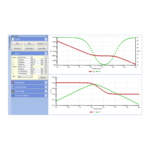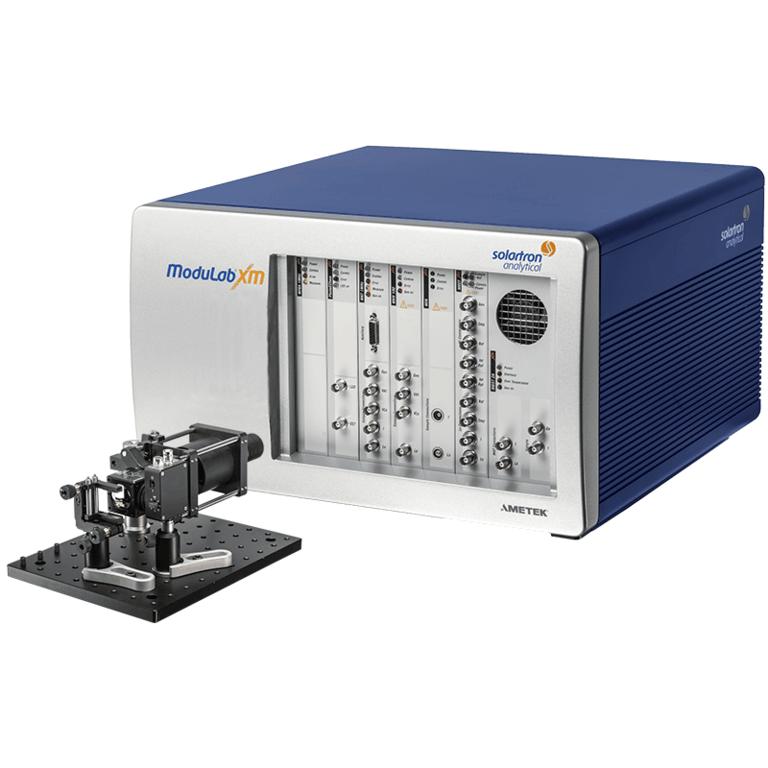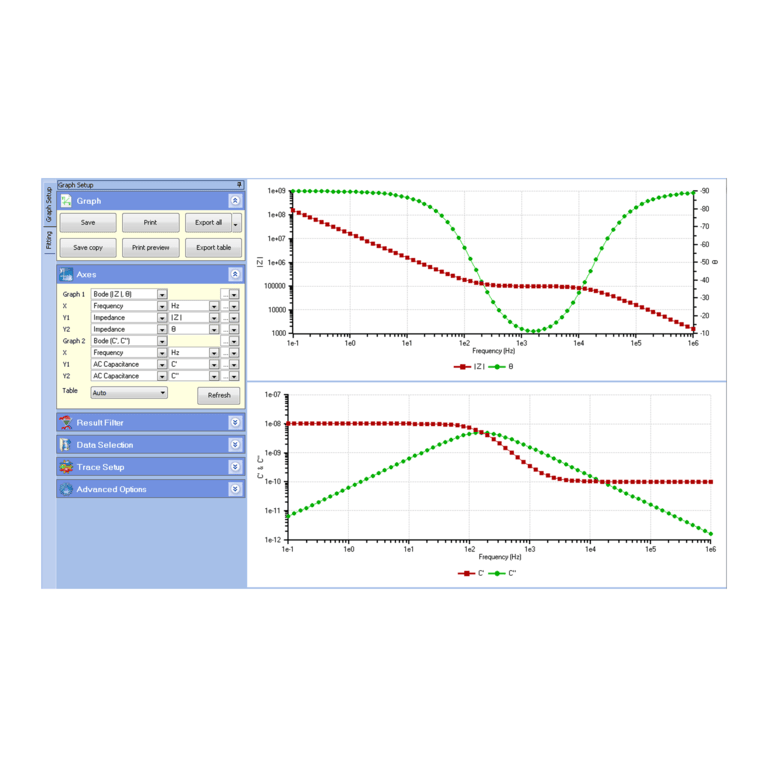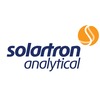The ModuLab XM PhotoEchem is a modular, high-precision system for advanced photoelectrochemical research. It supports a wide range of frequency and time domain techniques, offering full flexibility for custom experiment design and materials testing.
ModuLab XM Photoelectrochemical Test System
Description
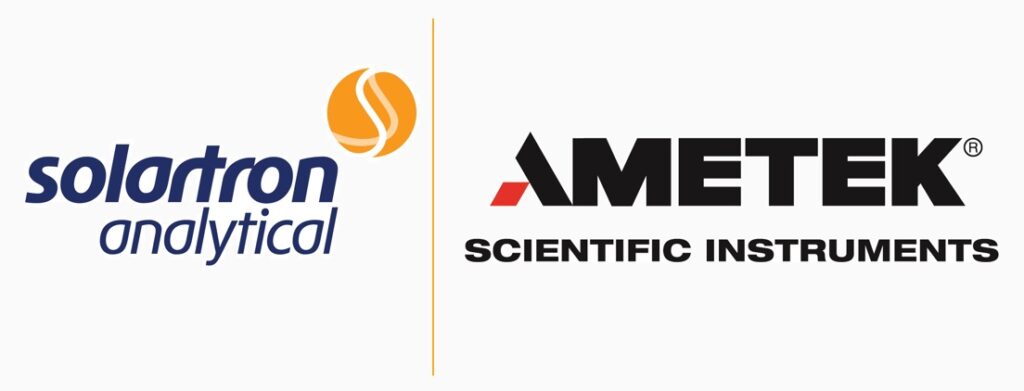
🟧 ModuLab XM Photoelectrochemical Test System
ModuLab PhotoEchem XM is a configurable platform product that is primarily focused on solar cell and photovoltaic research. The system, based upon Solartron Analytical’s world-leading experience in transfer function measurements, offers a high-quality measurement platform for characterizing a range of photoelectrochemical devices such as DSSC’s, Perovskite cells, and Photoanodes, noted Professor Laurie Peter, world-leading expert, University of Bath, UK. Professor Peter acted as scientific advisor during the development of the ModuLab PhotoEchem system and helped ensure the system met the requirements of the most demanding photovoltaic researchers in the market today.
ModuLab PhotoEchem XM includes a reference-grade potentiostat, frequency response analyzer (FRA), and PhotoEchem module that provide complete characterization of a wide range of solar cells and PV cells, including Perovskite and Dye Sensitized Solar Cells (DSSC). Additionally, the system can be used for the development of visible spectrum photoelectrochemical systems such as Iron-Oxide photo-splitting of water.
A key feature of this system is its ease of use, with data analysis requiring just one click of the mouse! For experienced users, ModuLab PhotoEchem XM offers the ability to develop new experiment types with the powerful step sequencer.
A dedicated version exists as the SolarLab XM system.
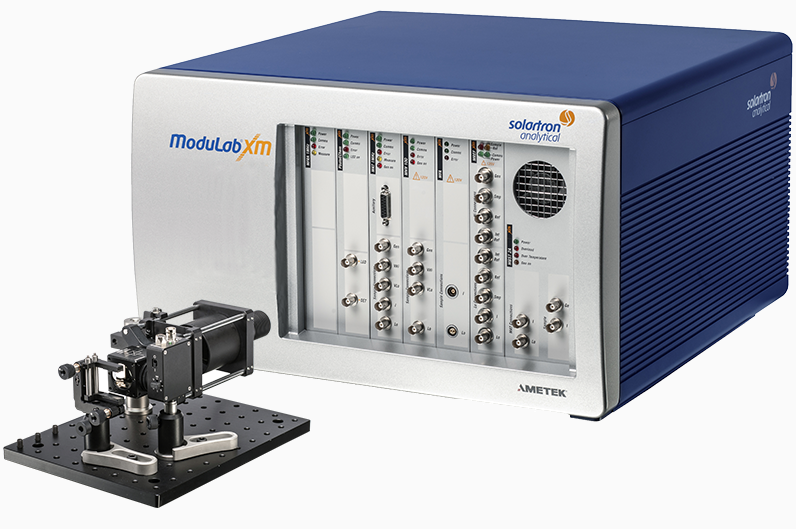
✅ Developed in conjunction with Professor Laurie Peter
✅ Frequency and time domain techniques including IMPS, IMVS, Impedance, Photovoltage Decay, Charge Extraction, I-V
✅ Auto analysis for calculating effective diffusion coefficients and electron lifetimes
✅ NIST traceable light source calibration
✅ Excellent thermal management of light sources for long-term stability
✅ Full set of electrochemical techniques (cyclic voltammetry, chrono methods, galvano methods, impedance, and AC voltammetry)
✅ IPCE option for quantum efficiency measurements
✅ Expandable platform for Electrochemistry and Materials testing
✅ ModuLab XM PhotoEchem impedance accuracy contour plot highlights Solartron’s best-in-class measurement performance.
🟧 Applications and Software
The ModuLab XM PhotoEchem is a dedicated system for a wide range of photoelectrochemical applications, including IMPS, IMVS, and Photo Voltage Decay for studying electron diffusion coefficients and lifetime. It supports I-V measurements for calculating Fill Factor, Pmax, Voc, Isc, and efficiency. The system also offers charge extraction methods to measure trapped charge density, both in dark and short circuit conditions. Additionally, the IPCE option enables quantum efficiency measurements, while AC measurement techniques provide insights into impedance and capacitance.
| Technique | Measured Parameter |
|---|---|
| IMPS | Effective Diffusion Coefficient of Electrons |
| IMVS | Effective Lifetime of Electrons |
| Photovoltage Decay | Effective Lifetime of Electrons |
| I–V | Fill Factor, Pmax, Voc, Isc, Efficiency |
| Charge Extraction – Dark | Trapped Charge Density |
| Charge Extraction – Short Circuit | Trapped Charge Density |
| IPCE Option | Quantum Efficiency |
| AC Measurement | Impedance, Capacitance |
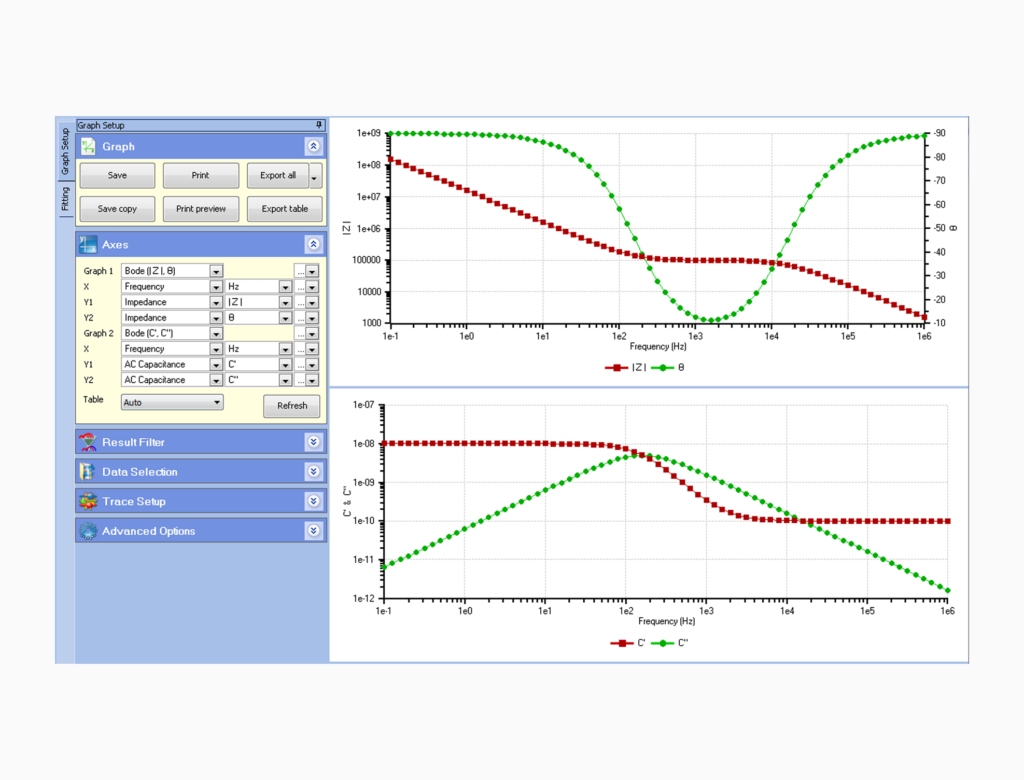
🟧 Specifications
| Specification | ModuLab XM PhotoEchem |
|---|---|
| Wavelength Range | 350 nm – 1100 nm |
| Intensity Range (with ND Filter) | 6 Decades |
| Maximum Beam Divergence | 4 degrees |
| Maximum Beam Diameter / Cell Size | 1 cm |
| IMPS / IMVS Transfer Function | Reference Photodetector |
| Calibration | NIST Traceable |
| LED Driver Maximum Current | 10 A |
| Typical LED Stability at Max Power | < 2% Drift after 24 hours |
| LED Driver Maximum Frequency (IMPS and IMVS) | 250 kHz |
| Expandable to Materials Testing | ✅ Yes |
| Low-current Measurements (Femto Amp range) | ✅ Supported |
IDEAL FOR
✅ Photoelectrochemical research – For studying fuel cells, photoanodes, and water-splitting systems.
✅ Photovoltaic cell research – Including Perovskite, DSSC, and organic PV cells.
✅ Charge transport analysis – Using techniques like IMPS, IMVS, and Photovoltage Decay.
✅ High-sensitivity measurements – Ideal for ultra-low current (Femto Amp) testing.
✅ Custom experiment development – Enabled by the powerful XM-Studio step sequencer.


